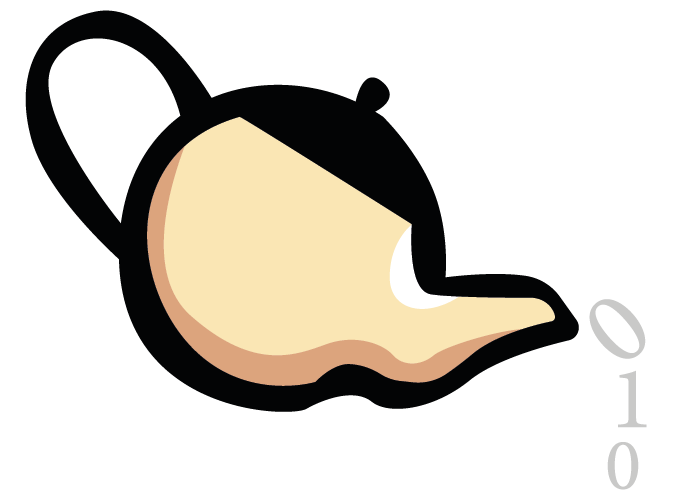Paper prototyping: IT's best kept secret?

One of the biggest problems when developing a system, be it software or a website, is getting the customer to visualise how your proposed solution is going to work.
Quite often, you will get a long way down the path towards producing your solution before you get any meaningful feedback.
The big early career lesson for most programmers is showing an unfinished piece of software to the eventual users and assuming that they will be able to visualise how the software will eventually look and behave. They won’t!
So, what’s the solution. How can you help your customers visualise your solution in the design phase, not the production phase? The answer is paper prototyping, a simple yet effective method of designing a system’s user interface and performing usability testing.
Put simply, paper prototyping involves creating a paper or card based model of your proposed system. You can mimic interactivity by the use of cut-out elements. One person takes the place of the computer and makes sure that the paper model interacts with the user. You can then garner feedback from your users on how well the system suits their needs. All without resorting to the time consuming task of creating the system on a computer.
Why you should be interested in paper prototyping:
- Test your design in the design phase: iterate the design before you go into production when changes are cheap;
- Save money: cutting up paper and card is not expensive in either material or time;
- Save time: you can create a prototype in just a few hours not the days weeks it takes to create a digital prototype;
- Easy to learn: paper prototyping is so simple you can learn it very quickly;
- Even if your artistic skills are very modest, it doesn’t matter, it’s the design that shines through.
If you are interested in a deeper look into paper prototyping, Carolyn Snyder has written an excellent book: Paper Prototyping. The book website also has a simple introduction, and there are some sample chapters too.
The Nielsen Norman Group also have a training video on paper prototyping.

